How to Make A Lot More Progress In Your Guitar Playing
In this article I am going to give you few tips on how to accelerate the improvement of your guitar playing. This are not going to be lessons or licks, but mindset and work ethics.
What causes improvements in guitar playing?
First of all, we have to know what causes the improvement, or even more important, what causes lack of improvement. When we start learning an instrument, there are just so many things to learn and we often don't even know where to start.
On the other hand, we usually have our guitar heroes and we want to play like them. This is the first problem, that occurs even with more advanced players. For example, you want to play solos like Satriani, Slash, Vai,... and you want to play rhythm guitar like James Hetfield, on the other hand you might want to play acoustic guitar like Tommy Emmanuel and so on.
First Obstacle
The first obstacle is, that you want to play solos like three amazing players, all at once. First thing you have to acknowledge is, that Slash plays only like Slash, and Vai plays only like Vai. They've spent their entire careers becoming who they are, and they play only things they are comfortable with.
So if you try to play like many guitar players, it's like as if you were trying to beat some of the best basketball players at what they're best, all at once. Impossible, right? What you should do instead is, try to learn the things that you like about them and make them sound like you.
Sure, I've jumped over many levels of learning, I know.
Back to the beginning
To learn and improve faster, the first step is to find yourself the best guitar teacher you can find. But often getting the best guitar teacher comes with unrealistic expectations. Some (many, in fact) students think, that the better the teacher is, less they'll have to practice. Do I really need to mention how wrong that is?
Having a great teacher
Great teacher can teach you how to practice the right way, he can show you what to practice, what are the important things for you, he can fix some of your problems, but the actual work - practice - has to be done by you!
How to use your teacher
That being said, let's see what you can do to use your teacher the best way.
Do everything exactly as your teacher told you.
Do not look for shortcuts when something is difficult. Do not look away and practice something you're more comfortable with. This as if you'd intentionally be trying to slow down your progress. If your teacher tells you to repeat the same thing over and over again, you should probably do it, right?
Write everything down.
Every lesson, every tip, every mistake that your teacher tells you you're doing. This are very important things. Your teacher has probably struggled for a long time to find the solutions for your problems.
He once probably had the same problems as you. You can walk the path he's laid for you, straight to success.
If you don't remember what he's told you, it's like you don't see the path and walk everywhere around.
On the other hand, if you write everything down, you'll have your little million dollar book of secrets, of ways how to fix problems etc. And whenever you'll feel like you don't know what to practice you'll be able to open that book, find something you're not good enough at, and know exactly what to do.
Always ask if you didn't understand something!
Your teacher can't help you if he doesn't know that you don't understand. You have to communicate with him.
Do not learn same thing from different sources.
YouTube can be very dangerous for your progress. Only few YouTube "instructors" provide relevant information, and until you don't know how to do the thing they're teaching the right way, you can't tell if they're right.
So don't do something different, because you saw it on YouTube. It's like you have a solution for your problem, and you could move to another problem, but you try to find different solution for a problem you've already solved.
If I haven't convinced you yet, think of it this way - if they're so good, why aren't they professional teachers? Do you think they chose not to be, so they could spend their time making free videos instead? I don't think so.
If you follow these tips, you'll definitely progress a lot faster. But, in the first place, find yourself the best guitar teacher you can find around you, so you'll get the most relevant information and won't learn things the wrong way in the beginning.
About Author
This article was written by Nejc Vidmar, a professional guitar teacher and musician from Slovenia. All what you've read in the article above is a result of observing many students over many years and seeing actual difference in progress between those who followed this and those who didn't.

















